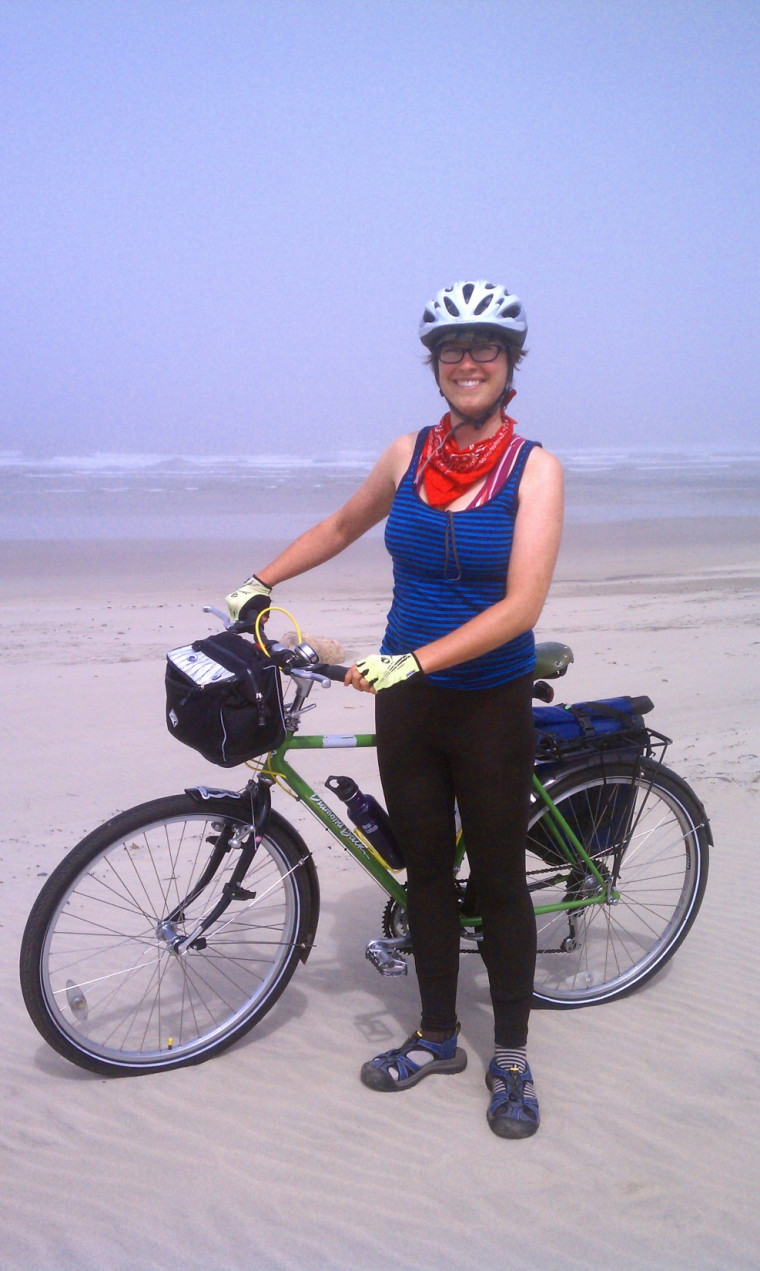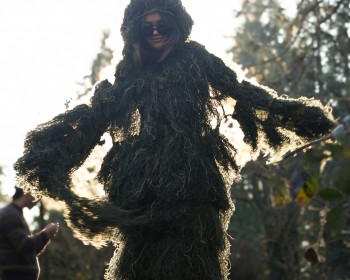Alumni Profile: Maisha Foster-O’Neal ’11
Open gallery

Like many Lewis & Clark students, Maisha Foster-O’Neal BA ’11 had a college experience that was anything but ordinary. Not only did the former resident advisor design her own major and cochair the annual Gender Studies Symposium, she also created a comic that was published internationally.
After spending two years taking what she calls a “haphazard roulette” of classes, Foster-O’Neal landed on a self-designed major in gender studies with help from faculty. Instead of a thesis, her major culminated in an internship at the Sexual & Gender Minority Youth Resource Center in Portland.
Foster-O’Neal credits her internship experience at SMYRC with helping her land a job in youth public health at the Oregon State Department of Health, and next, an AmeriCorps position. Now, the busy education and LGBTQ activist is working toward a master’s degree in early childhood education. In the following Q&A, Foster-O’Neal reflects on her accomplishments and the ways in which Lewis & Clark prepared her for the “real world.”
How did your experiences at Lewis & Clark, both inside and outside the classroom, help you prepare for your various internships and jobs?
The biggest thing I learned at Lewis & Clark, especially outside the classroom, was how to be a critical thinker and social justice advocate. I spent so much of my time involved in organizations aimed at righting inequity that it really transformed me into a social justice nerd. I still spend a large chunk of my free time educating myself about the experiences of marginalized communities, examining my own privilege, and having transformative conversations with folks about systems of oppression.
A commitment to social justice definitely served me well in my AmeriCorps position, where I was working with teens who were organizing around access to teen-centered health care in Portland. Now that I’m in graduate school, I’m looking forward to getting back into the classroom to help raise the next generation of tiny change makers.
A few years ago, we ran a story about your widely popular comic “Sex Talk.” Do you continue to make comics?
I have published one major comic project since “Sex Talk.” It’s an illustrated educational zine about asexuality that debuted at the Oregon Queer Youth Summit last summer and is now available directly through my Etsy shop as well as through a few local zine distributors. I still occasionally get requests from folks just discovering Sex Talk who want to include it in their anthologies, educational programs, conferences, and training materials! I just started outlining a “Health at Every Size/ Fat Positive” zine, and I have some scattered ideas for more illustrated zines—maybe when I finish grad school! For now, I’m working on a self-indulgent illustrated travelogue of my recent and upcoming bicycle tours. Not terribly educational, but it keeps my drawing hand occupied.
Are there any experiences you had working closely with faculty during your time at Lewis & Clark that stand out to you in any way? How so?
I know I’m not always the easiest student to teach because I tend to push back. If I’m not excited about an assignment and I’ve got an idea—especially a really off-the-wall idea—that I want to pursue instead, it takes a very special educator to trust me enough to allow me to toss out the syllabus and do my own thing.
I’ve talked before about how Professor of Rhetoric and Media Studies Daena Goldsmith’s support of my wacky suggestion to draw pictures and tape them all over campus instead of write a research paper allowed me to produce the “Sex Talk” comics. She wasn’t the only one who has let me break the rules, though: I had a whole team of amazing professors who worked closely with me in the process of self-designing my major. I am so grateful for their encouragement and guidance; my unconventional idea to cobble together a gender studies major turned out to be exactly the educational path that I wanted to be on, and it would not have happened without the support of faculty.
Do you feel that your experience with a self-designed major has helped you in the real world?
Oh, absolutely. Many times during the self-design application process I shrieked to anyone who would listen that I wished everyone had the opportunity to self-design a major. When you select a prepackaged major, you can miss out on the process of really critically thinking about what knowledge and skills you want to end up with that will best support your future pursuit of what you’re most passionate about. When you self-design your major, you have to think that out so thoroughly that you can get a whole committee of faculty—most of whom have never met you—to believe in your dream along with you enthusiastically enough to sign the approval papers.
That kind of self-reflection, resourcefulness, and tenacity has certainly served me well in situations where I’ve had to carve my own path, which, I can report from the halls of the “real world,” is delightfully often.
Zibby Pillote ’14 contributed to this story.
More Newsroom Stories
Public Relations is located in McAfee on the Undergraduate Campus.
MSC: 19
email public@lclark.edu
voice 503-768-7970
Public Relations
Lewis & Clark
615 S. Palatine Hill Road MSC 19
Portland OR 97219

